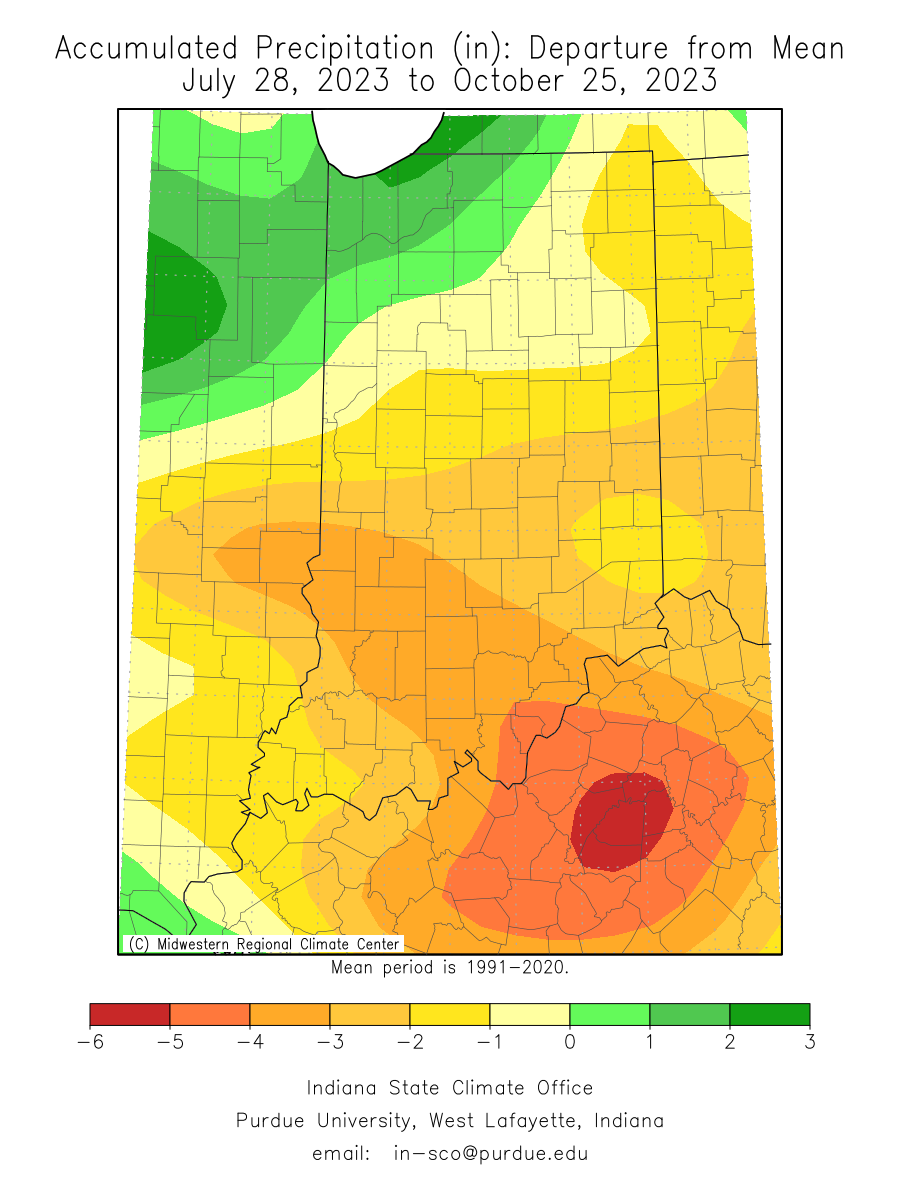
Recent weather maps

Recent weather maps
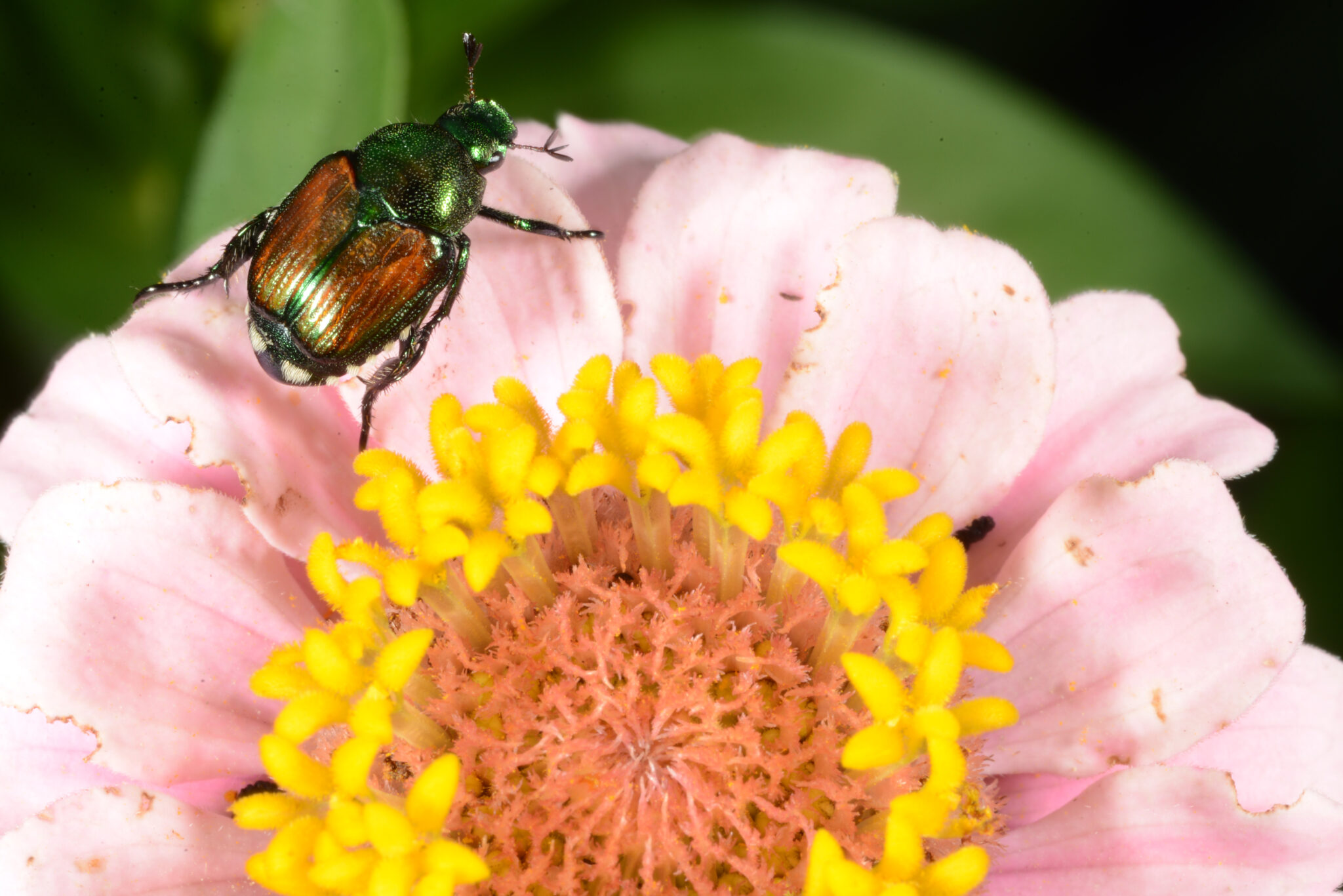
The Japanese beetle (Popillia japonica) was taken in government bait traps in Indianapolis for the first time.

Many professions requiring investing in tools specific to their trade to be successful.
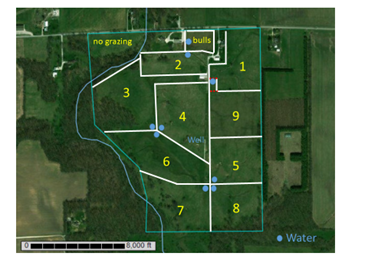
What does the word “stockpile” mean to you? Our understanding of the meaning is to “store away for future use.”
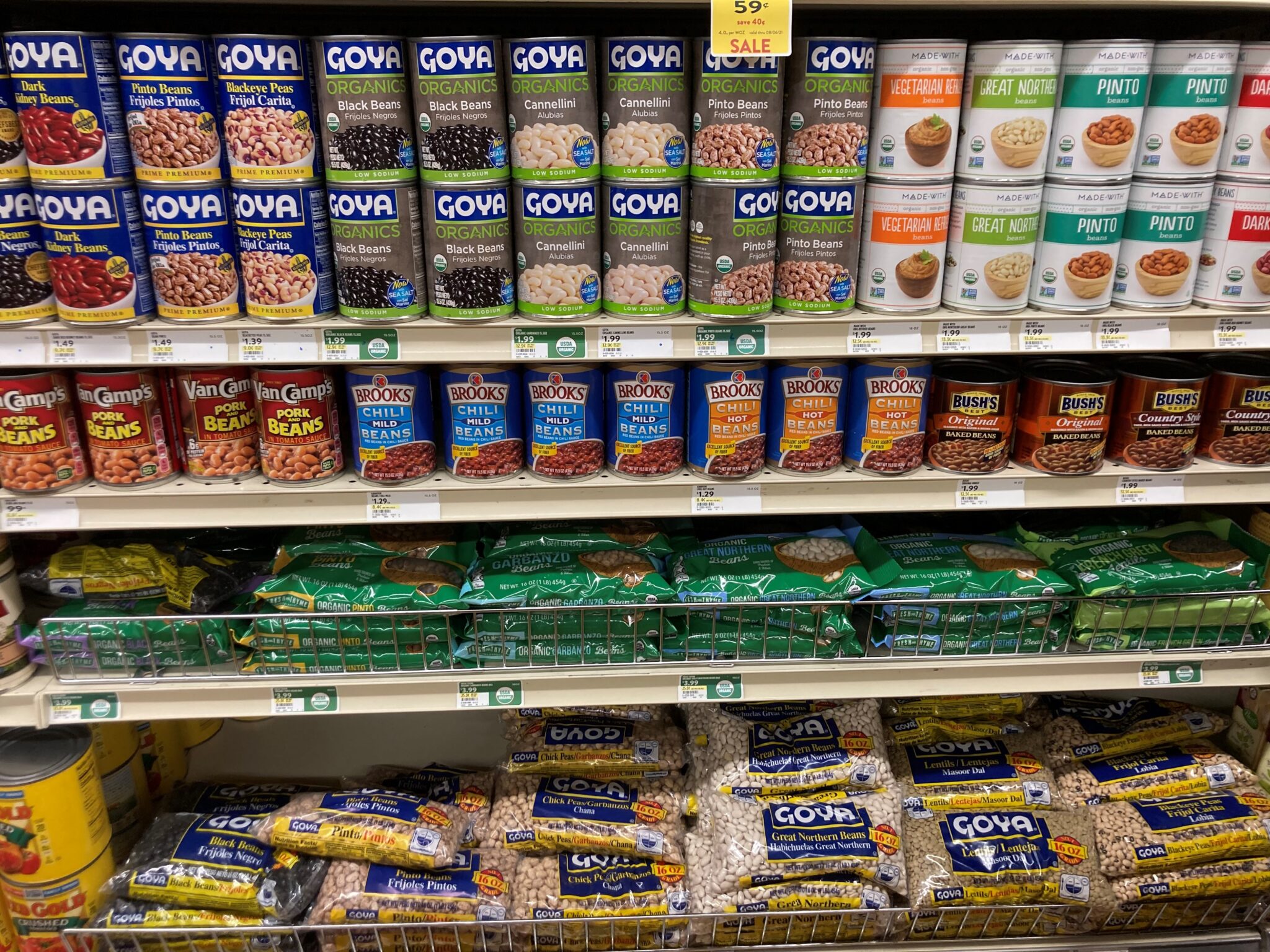
I hope you take more time evaluating what forage species and variety of that species should be purchased than the time taken to buy a vegetable at the grocery store.
In recent years, Indiana has experienced an increase in air quality concerns during the summer due to elevated incidence and severity of wildfires in Canada and the western U.S.
Recent storms which crossed Indiana brought welcome rains to current dry conditions, yet were not without additional challenges, which includes hail damage.
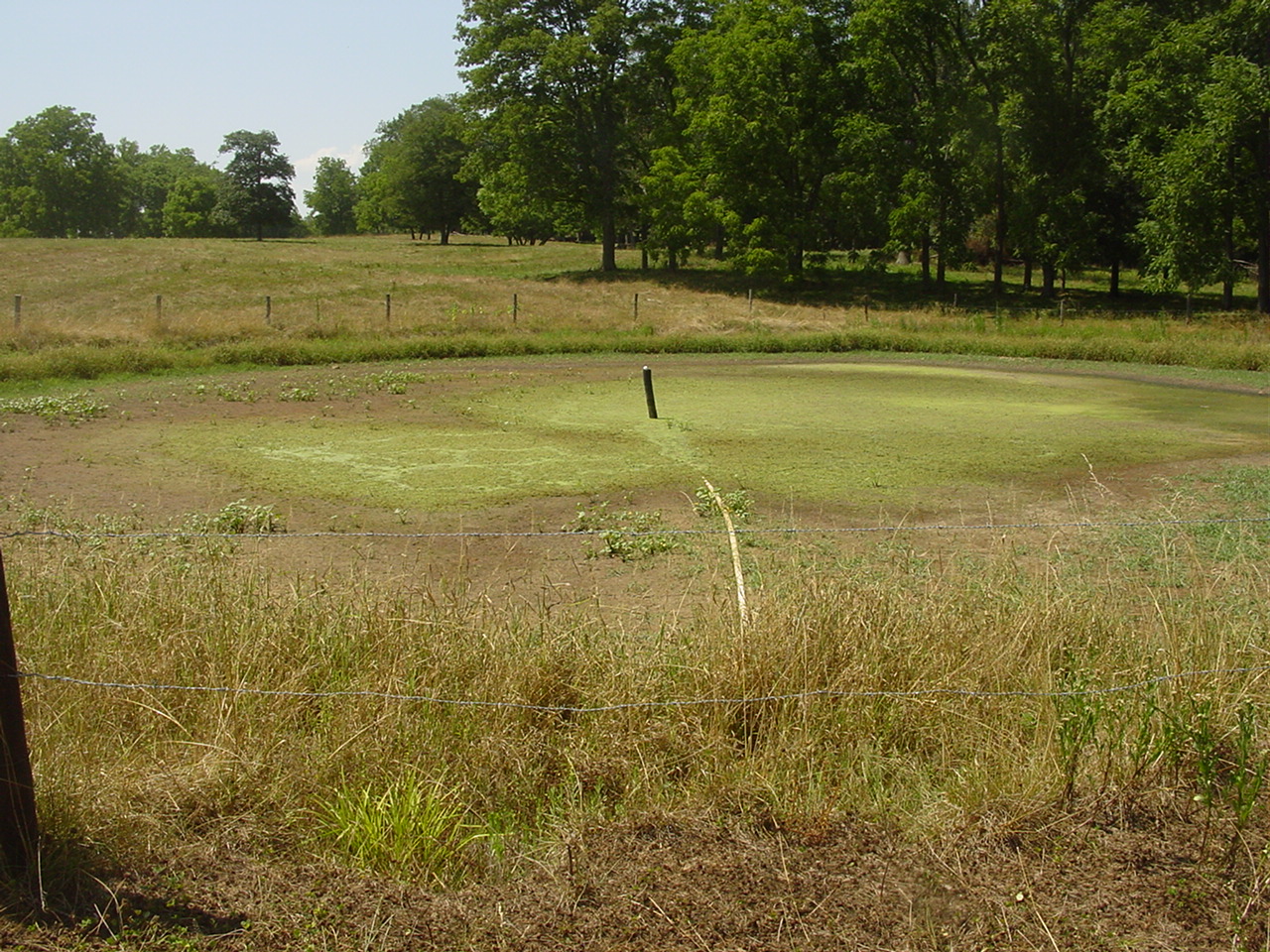
A couple of weeks ago I had conversation with several State of Indiana Farm Service Agency (FSA) employees.
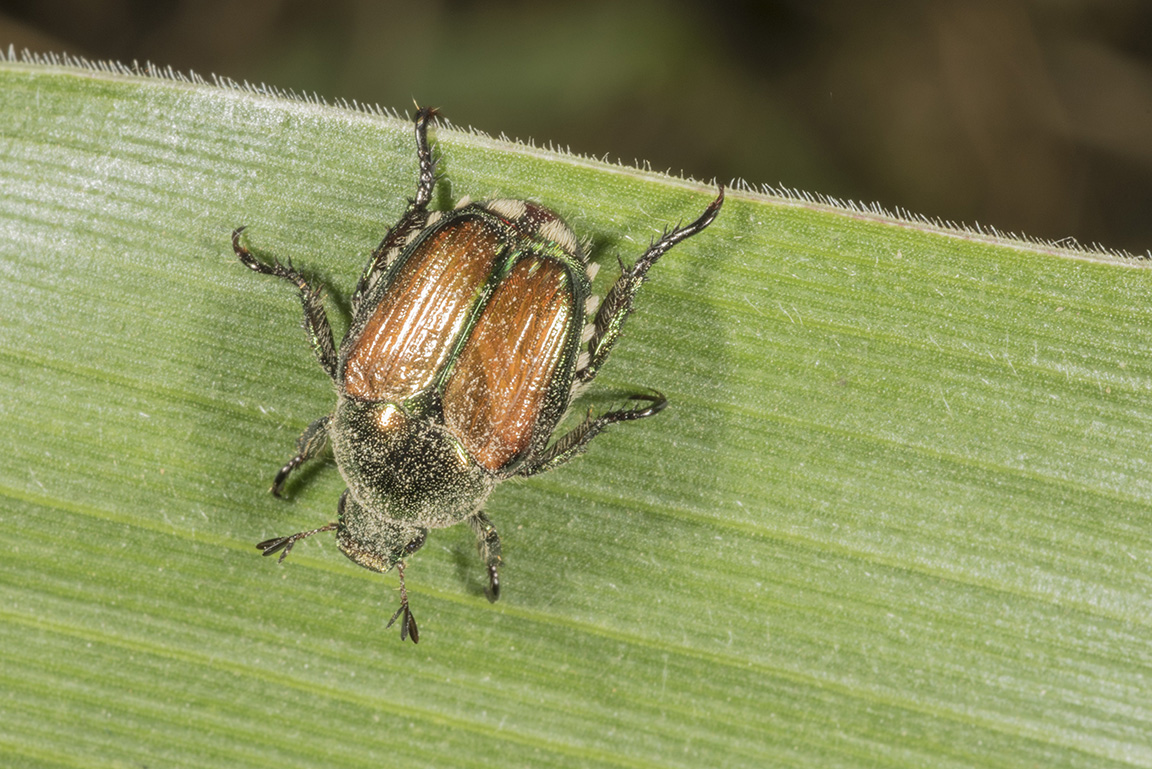
Japanese beetle adults are emerging, though slowly, throughout the state.
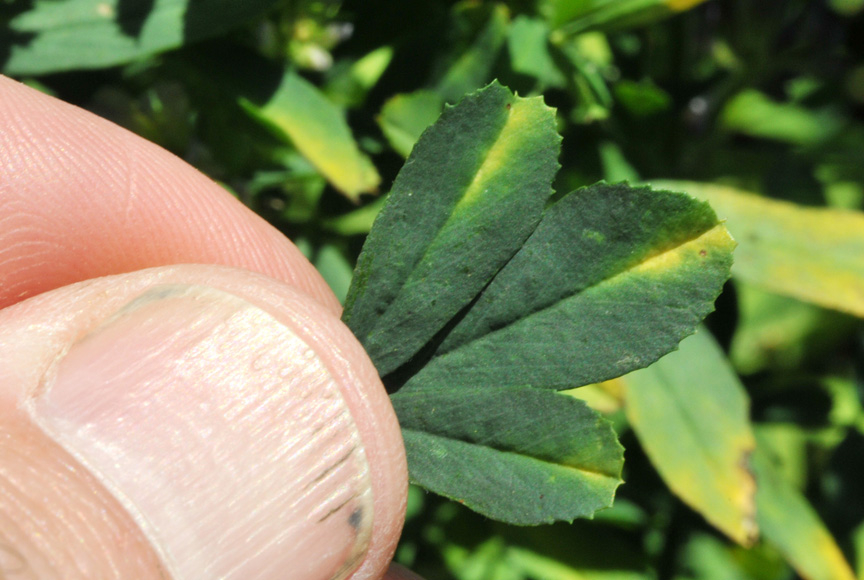
Potato leafhopper populations have been increasing with the warming temperatures and dry weather in most areas of the state.
© 2024 Purdue University | An equal access/equal opportunity university | Copyright Complaints | Maintained by Pest&Crop newsletter
If you have trouble accessing this page because of a disability, please contact Pest&Crop newsletter at luck@purdue.edu.